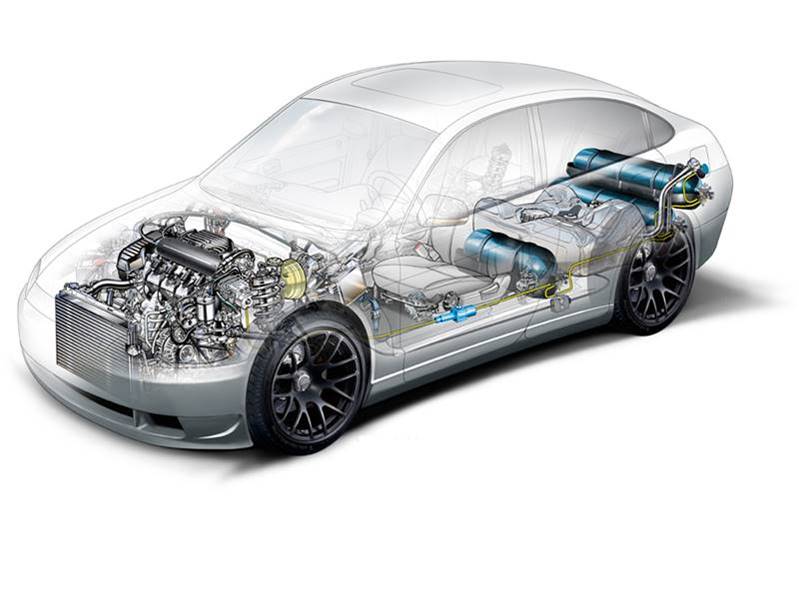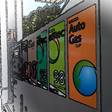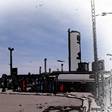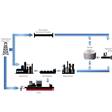Range of LNG Trucks in ecuador
Natural gas offers fleets the opportunity to save costs through low and stable fuel prices. This is especially useful for on-highway truck fleets, which often operate with very small profit margins in the face of stiff competition. In addition to cost savings, natural gas can offer greenhouse gas and air pollutant emissions advantages over conventional diesel trucks.
LNG tractors are successfully deployed in trucking application. Overall fuel efficiency is similar to diesel in terms of equivalent energy, but on-board fuel storage limits vehicle range. The incremental cost of the vehicle is amortized in less than three years. Training was an important component of this project and helped resolve a potential safety issue without incident. No major problems were observed with the vehicles during the data collection period. The project has spurred new investment in natural gas in ecuador.
NGV Global (formerly the International Association for Natural Gas Vehicles) defines natural gas vehicles as all land vehicles, from two-wheelers to on-road vehicles. It includes original equipment manufacturer (OEM) vehicles, factory-approved conversions and post-sale conversions. Fuels used are compressed natural gas (CNG), liquefied natural gas (LNG) and biomethane or renewable natural gas (RNG), which can be in gaseous or liquid form. Complete statistics on the gas-powered vehicle population are provided by NGV Global, which estimates that, in 2018 , there were about 26 million natural gas vehicles operating worldwide.
It is noted that just six countries account for nearly 80% of the total vehicle fleet, with the top three, China, Iran and India, accounting for more than 50%.
In summary, it is clear that the global number of LNGs has grown, although most are concentrated in a relatively small number of countries. It also appears that, to date, the majority of natural gas vehicles are cars and other light vehicles and only 1% are heavy-duty vehicles. However, the latter sector is the most promising for future natural gas demand in ecuador, so past consumption levels may not be a good indicator.
Range of LNG Trucks in ecuador in
We are not aware of any model offered to use LNG.
But here you can find out if your vehicle is adaptable.





































